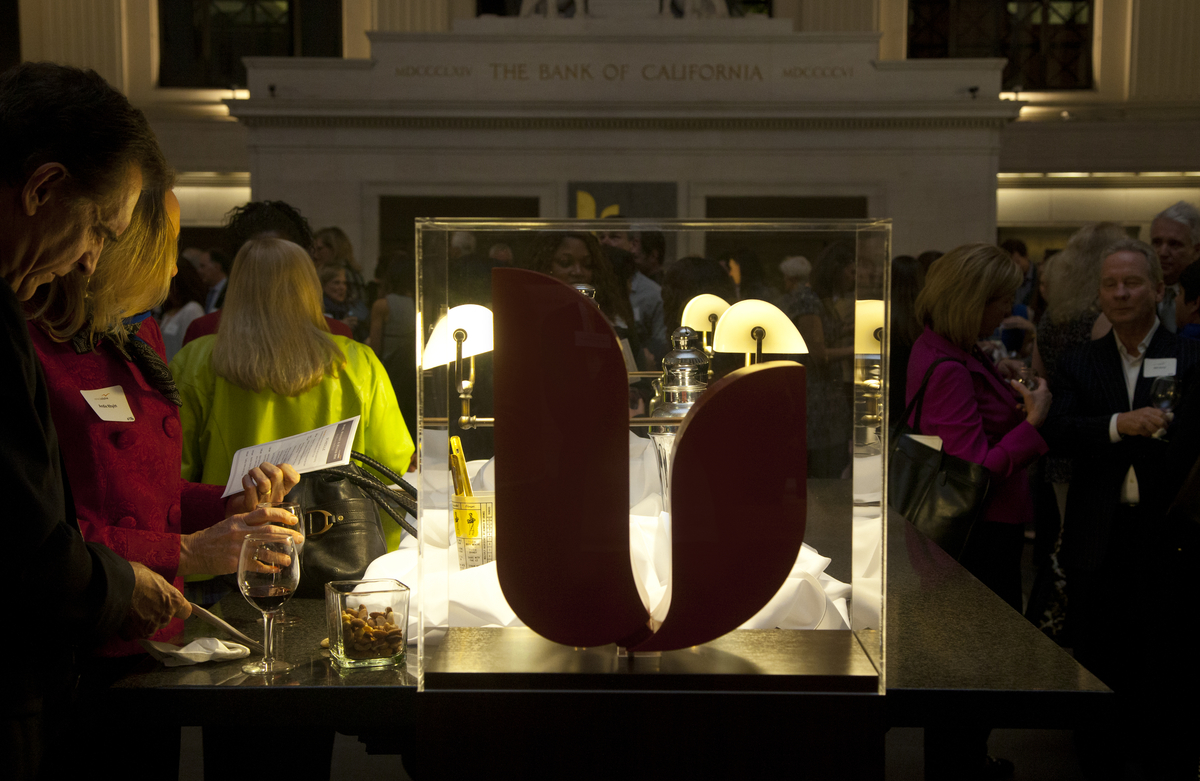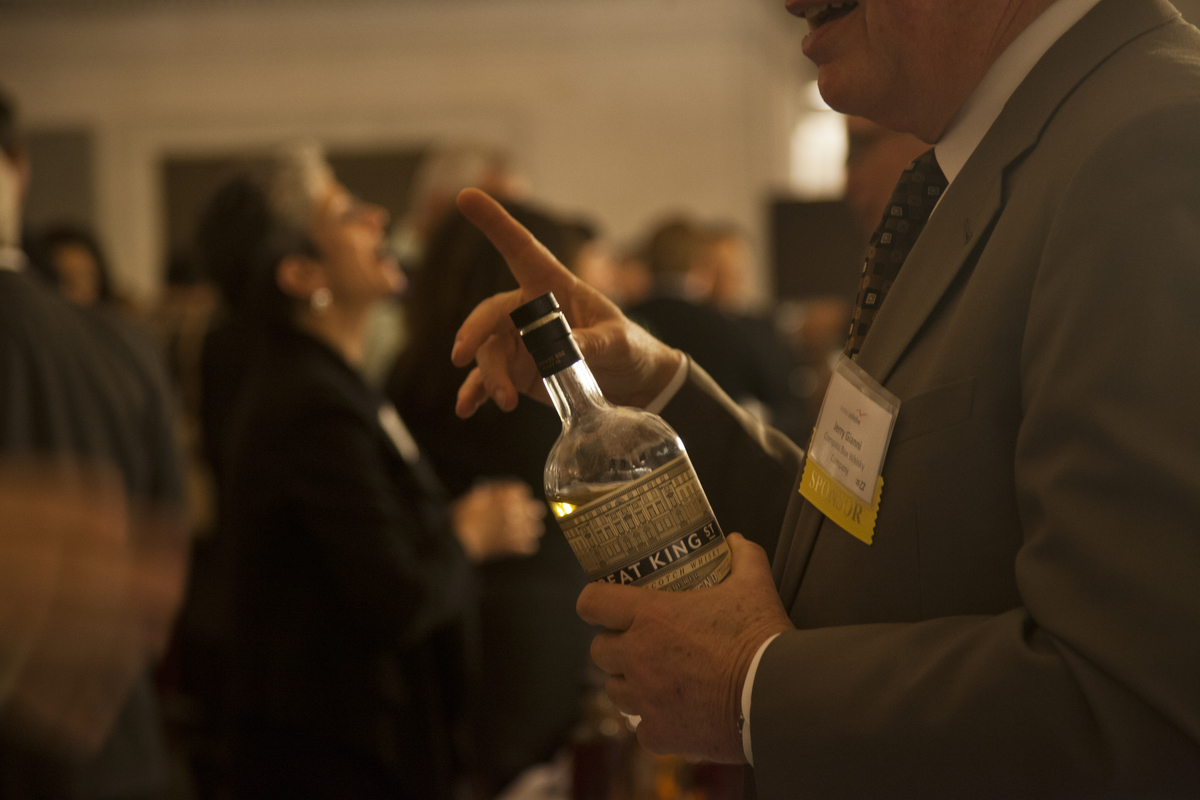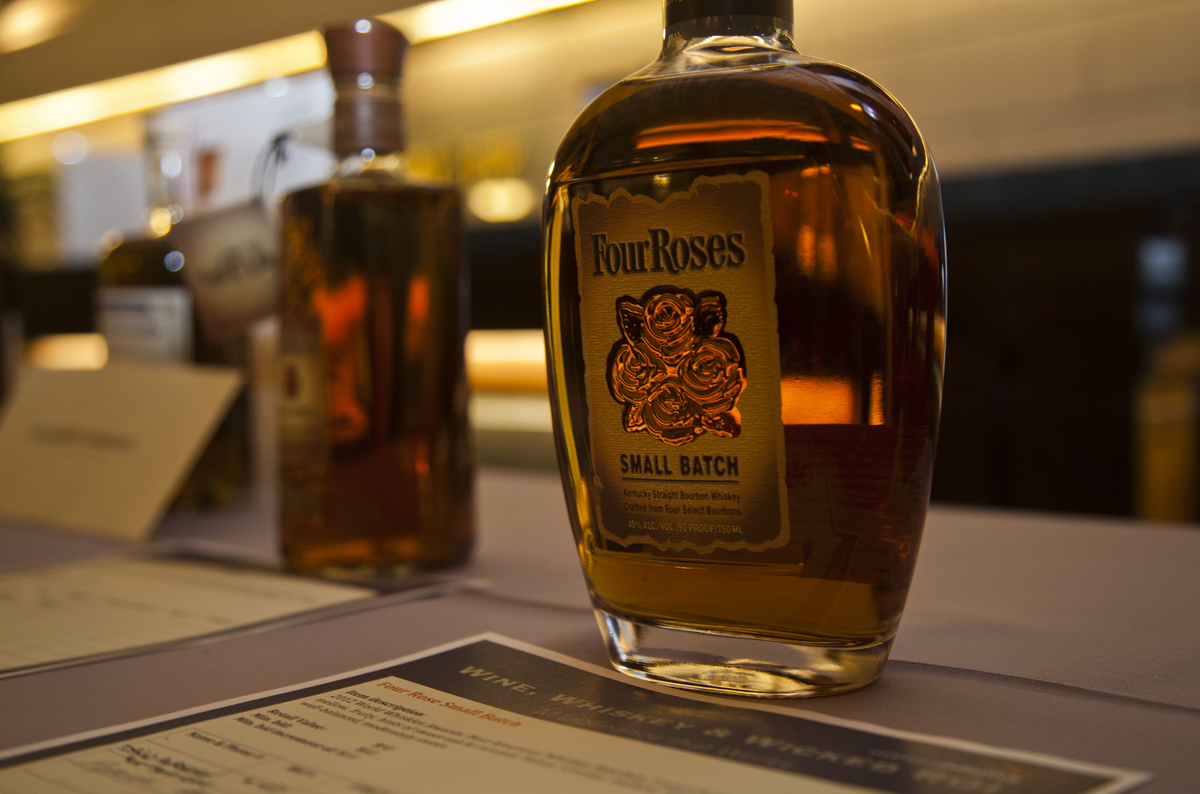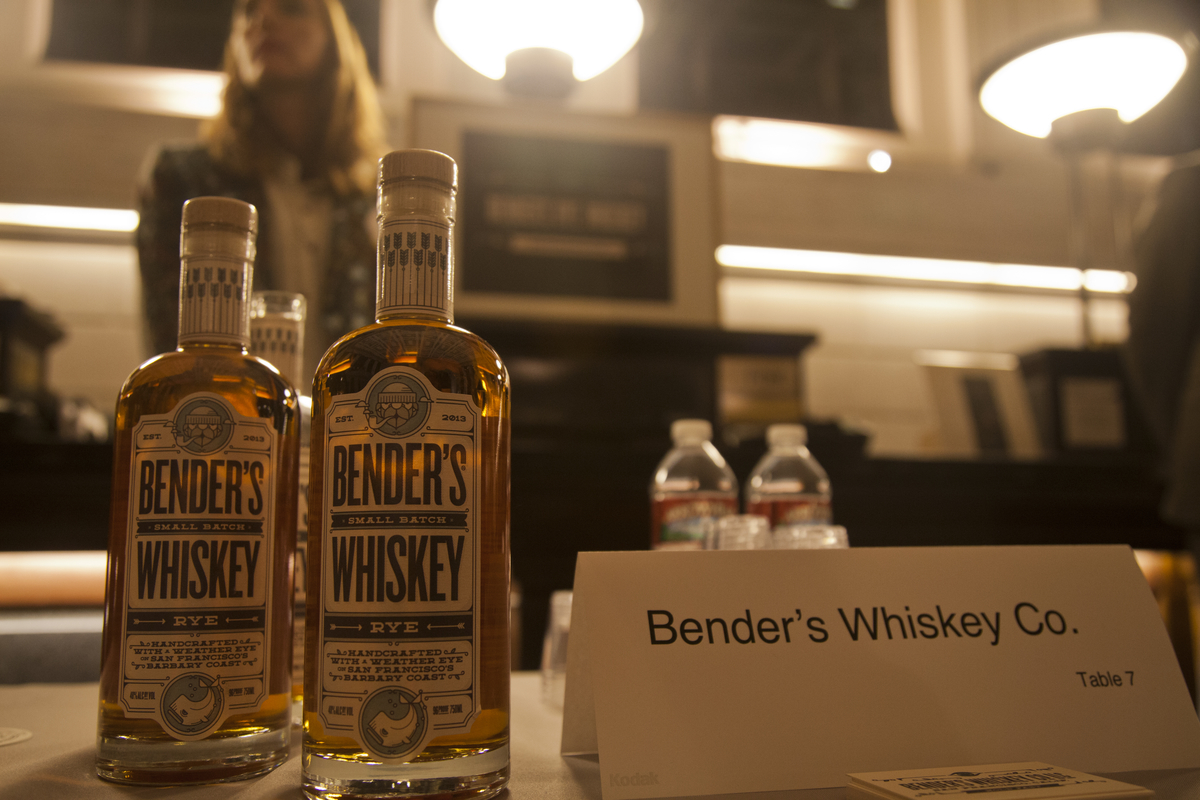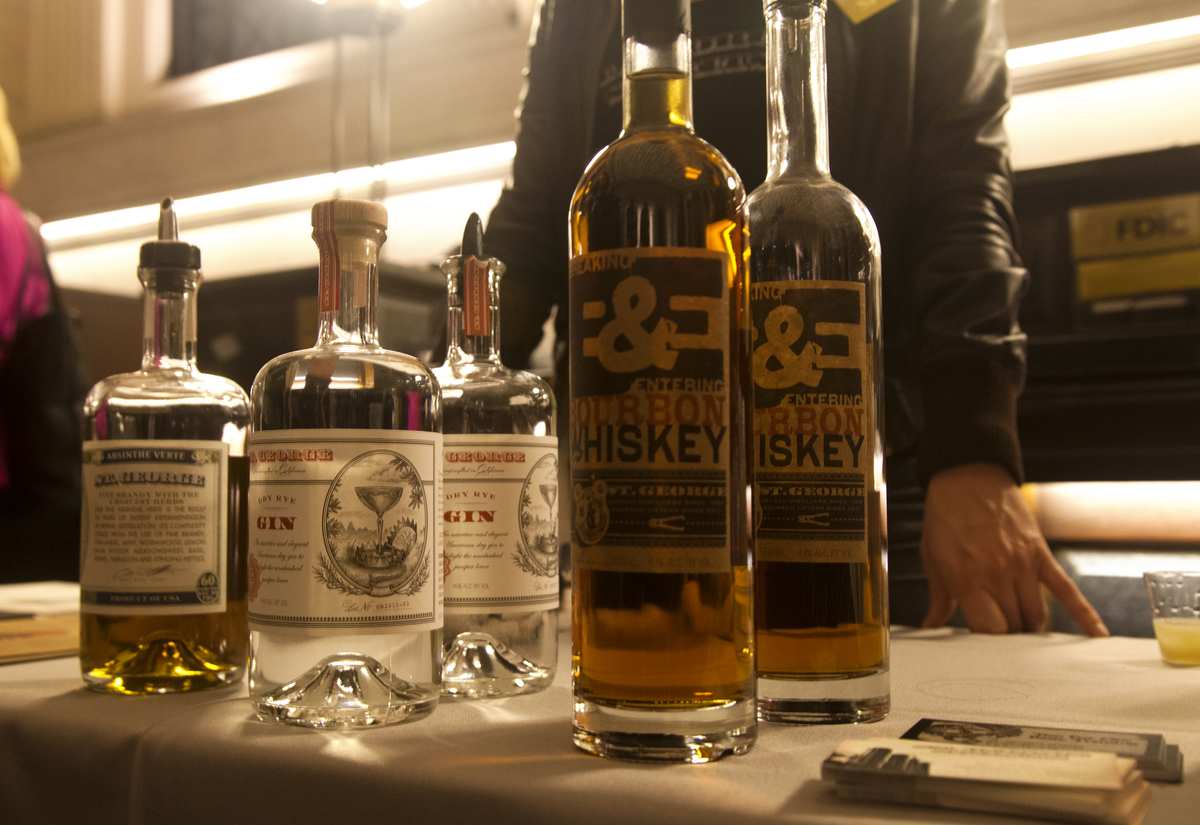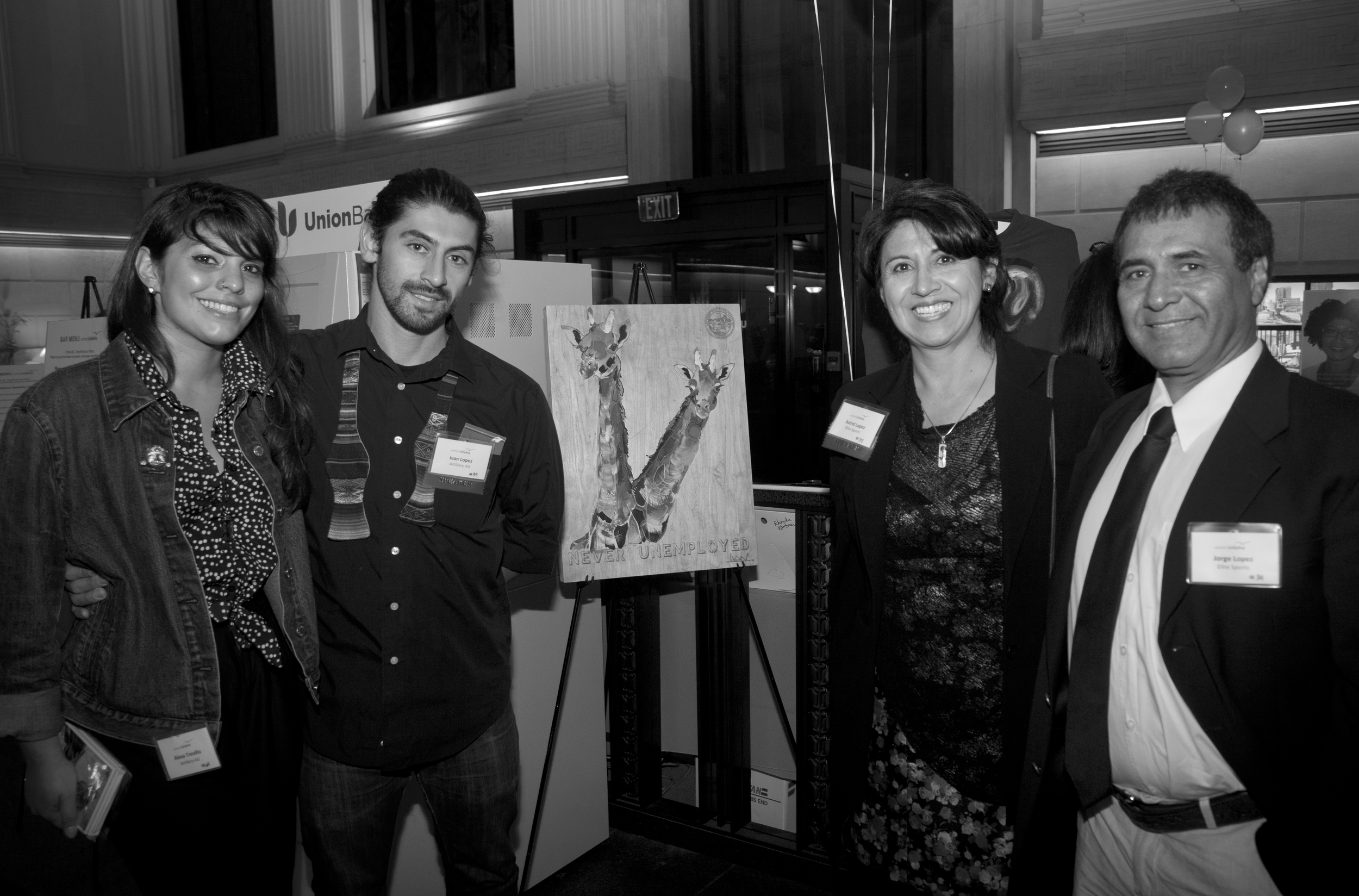Christmas time is here. I know this because around this time of year I develop two strong cravings. The first is to listen to my Alvin and the Chipmunks Christmas station on Pandora. The second craving is to make some homemade eggnog. I'm not sure where these come from. It might have something to do with a change in the gravitational field as the Earth orbits the Sun, or maybe not. Whatever the reason, I am looking forward to the eggnog.
I first started making my own eggnog in 2004. I spent Christmas 2003 in Thailand with some friends and while enjoying the local food we talked about how we were missing Christmas dinner. We decided that when we got back we would make our own Christmas dinner and began planing the menu. In the spirit of the meal I decided to find a recipe to make my own eggnog. Looking around the interwebs I found a recipe from Cigar Aficionado' Jack Bettridge. I liked his recipe because it attempted to recreate an 18th century style nog that our Founding Fathers might have drunk.
Here's his recipe:
“6 eggs, 1 cup sugar, 1/2 teaspoon salt, 1 cup spirits (whiskey and brandy work, but rum is traditional), 1 teaspoon vanilla 1 pint half and half cream, 1 pint milk, and Nutmeg.
In a large bowl, beat eggs to a froth. Add sugar and salt, continue beating. Stir in spirits, cream, vanilla and milk. Chill at least three hours (some recipes call for Egg Nog on the rocks, but our forefathers didn't have refrigerators.) Serve with a sprinkle of nutmeg.”
I like to use pasture raised eggs because their yokes are richer than regular or even “free range/cage free” eggs. For the spirit I tend towards a good Jamaican rum like Appleton V/X or Reserve because its full flavor stands out amid all the sugar and cream. I also like to use my own vanilla extract, which I make from vanilla pods steeped in a 4-5 oz bottle of vodka. I know some have expressed concern about the raw eggs, but I have been making this recipe for almost 10 years and neither I or any of my friends and family have ever gotten sick from this. I just make sure to buy everything fresh the day of or the day before it is serve.
The most striking thing about this eggnog when you first drink it is how light it is compared to most store bought nog. I'm not sure why all the eggnogs I buy are so thick but this recipe is a nice change. It doesn't leave you feeling overly full which makes it great for holiday parties. I keep coming back to this recipe because it is has been a perfect a night cap after Christmas dinner spent in the warm embrace of family and friends.
Cheers.

